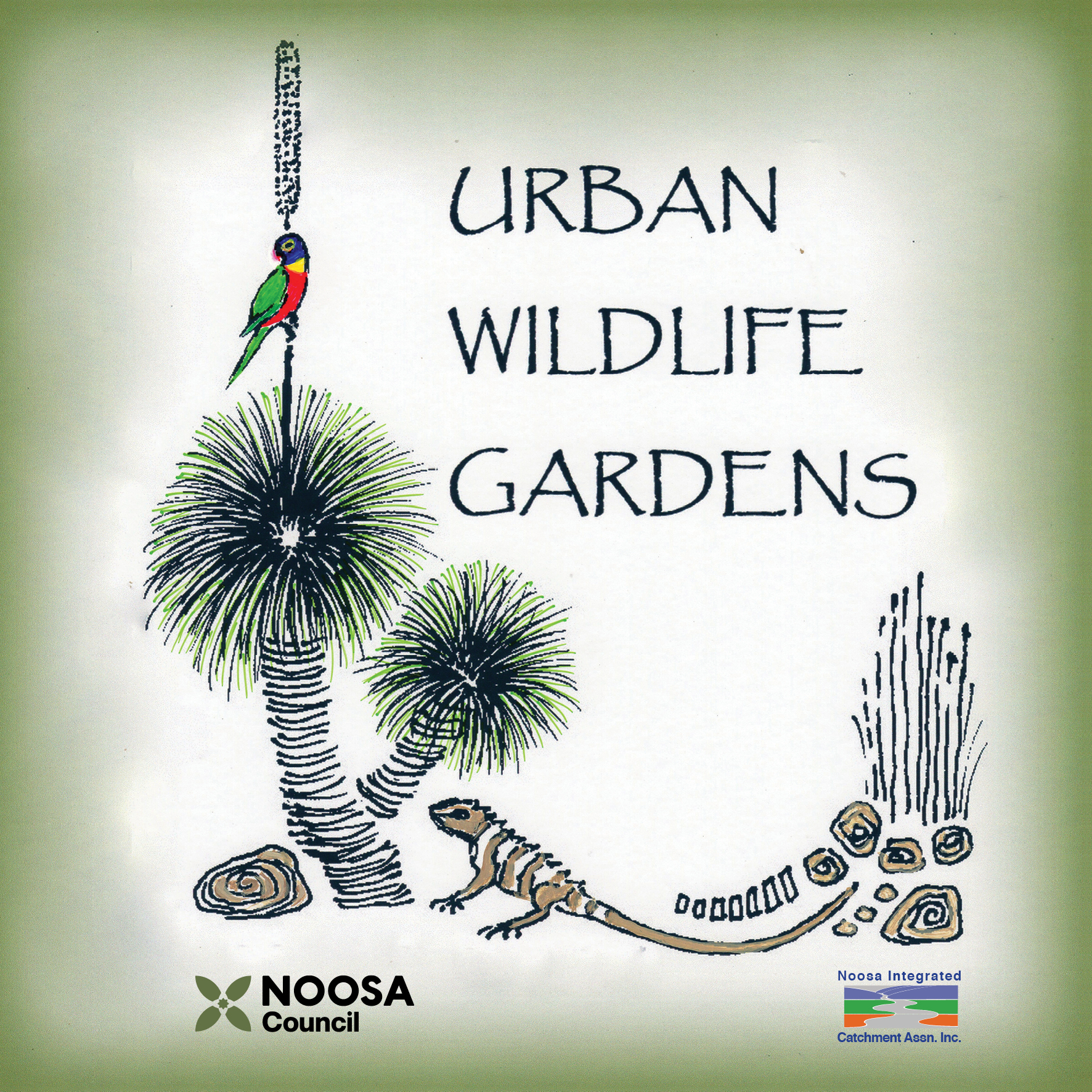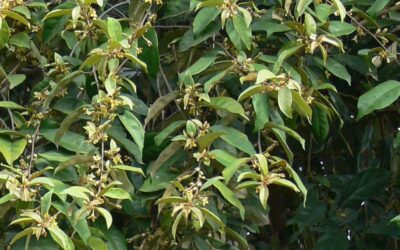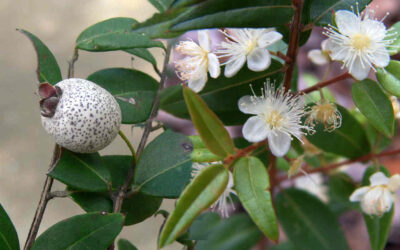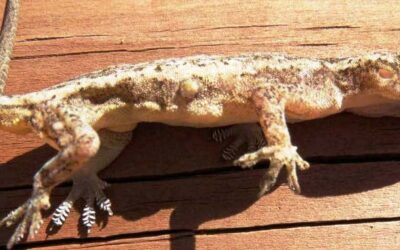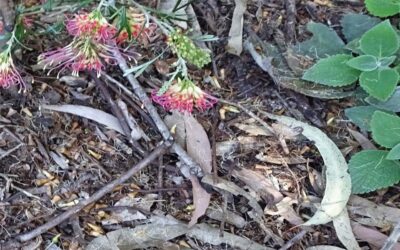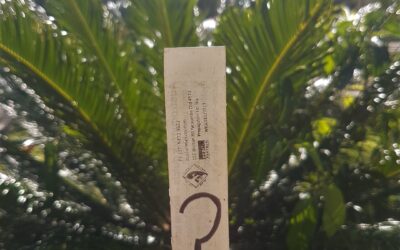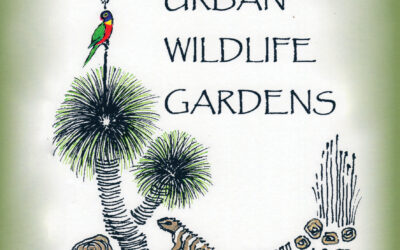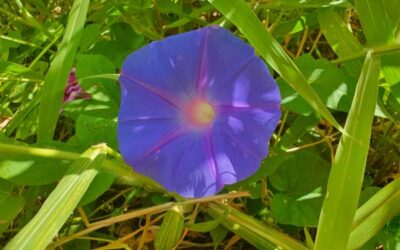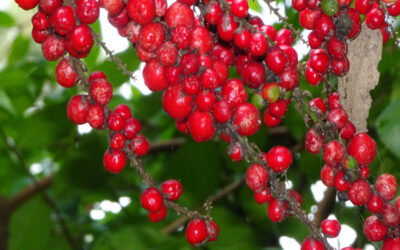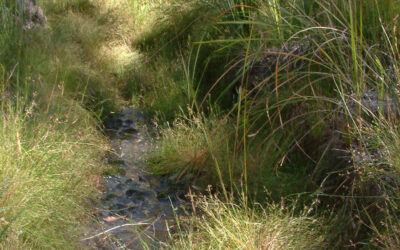Latest News
Visit regularly for fresh information on Urban Wildlife Gardens.
Millaa Millaa Vine
Describing Eleagnus triflorus as a gangly, sprawling, caney shrub would be accurate, but doesn’t do it justice. This is a useful plant and is very easy to grow. It needs occasional pruning to keep it under control, but will scramble up trees and other supports if left to its own devices. Click through for more information and lovely photos.
Midyim Berry
The Midyim Berry (Austromyrtus dulcis) is a shrub for every Noosa garden. Confirming its toughness: it can be seen on council roundabouts throughout the shire, where it is regularly pruned quite savagely, but soon bounces back with a flush of silky pink new growth. It also provides sweet edible fruit for our native wildlife, so a must have for an urban wildlife garden! Stephanie gives more information about where and when to plant in this post.
Biosecurity Alert: Asian geckos and native reptiles
NICA member Roger Kelly found a sluggish Asian gecko with several skin swellings and sent photos to Dr Karrie Rose, a veterinary pathologist at Taronga Zoo, who specialises in diseases of wildlife. He is asking Urban Wildlife Gardens members to let him know of any sick geckos or lizards of any sort, especially if they have skin lumps or ulcers or head swellings. Contact details in this post.
MULCH
Have you noticed all the stamens dropping from the eucalypts? In nature, dead leaves, animal droppings, twigs, fallen flowers, fruit, branches etc all provide mulch naturally, but in our gardens, and particularly new ones, we need to help things along. Stephanie provides a couple of links to websites with good information about mulching.
Gardening tip June 2020
Michelle’s gardening tip of the month is inspired by a property visit at Lake Cooroibah where the owner keeps track of the plants in her garden by drawing a mud map and adding the names of plants in the position they were planted. This allows her to keep track of what worked and what didn’t, while adding the month and year to the records helps to gauge growth and see which species are doing well. Happy gardening!
Weed of the Month June 2020
Michelle’s weed of the month for June 2020 is the Dutchman’s Pipe (Aristolochia elegans). In this post she explains how it affects the vulnerable Richmond Birdwing Butterfly, mistaking it for the native Richmond birdwing vine (Pararistolochia praevenosa) and laying its eggs on the toxic leaves of the Dutchman’s pipe. When the eggs hatch the larva feed and die. The dictionary definition of a weed is a plant that grows out of place, but a more accurate definition of a weed could be a plant that does harm. This month’s weed is one that fits that description.
UWG into the future
Good news for the future of the Urban Wildlife Gardens Program with Noosa Councillors approving NICA’s application for modest funding to continue the program into 2021. The continuation of the program, implemented and managed by NICA, will engage the urban community living in the Noosa Biosphere Reserve, helping them undertake activities which enhance wildlife habitats in their gardens.
Weeding after the Bushfires
Bushfires are nature’s way of clearing out the undergrowth. Lurking weeds are suddenly no more and the bush is given a new lease of life as regrowth takes over. Stephanie spotted these Mile a Minute weeds taking advantage of cleared growing space after the spring bushfires and suggests we pull them out while they are easy to spot.
Winter Colour
Many plants produce brightly coloured fruits and berries to attract birds and other animals who eat them and distribute the seeds within. Last month we had the showy fruits of Pittosporum revolutum. Although they have been well and truly pecked over by now, there are still some about. They are very common but the heavy fruiting season had many people noticing them for the first time and asking “what’s that?” In this post, Stephanie provides more information about the different species that are doing their thing at the moment.
Sedges
At this quiet time of the year it is a good opportunity to sit and reflect on how you could make your garden more wildlife friendly. Number one in any wildlife garden would have to be water. Second is vegetation where creatures can perch or hide, and this is where sedges are great, providing safe places for frogs and landing pads for dragonflies. In this post Stephanie provides photos and a poster with more information about these wonderful plants.
Let’s Build Your Dream Garden Together
